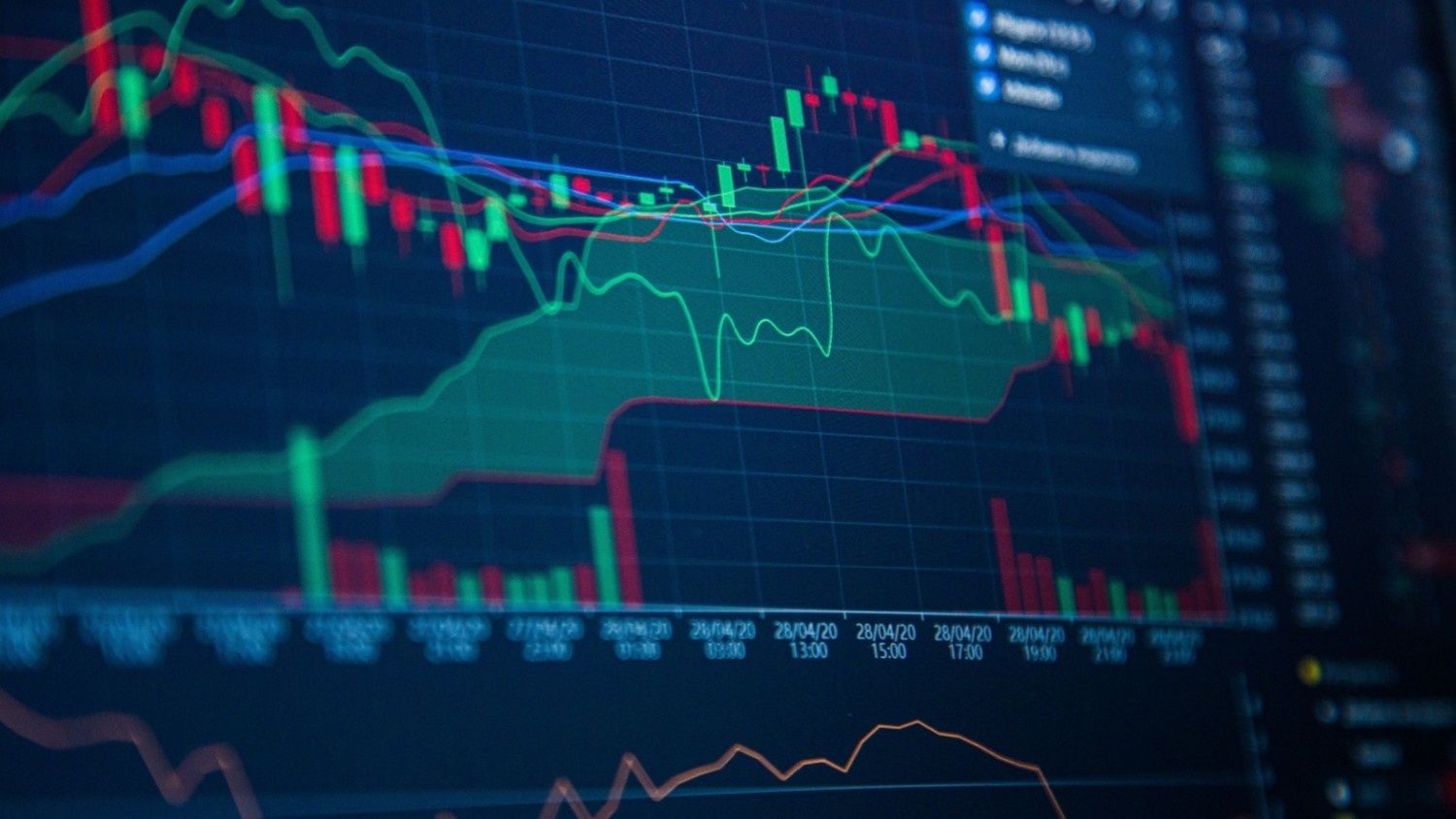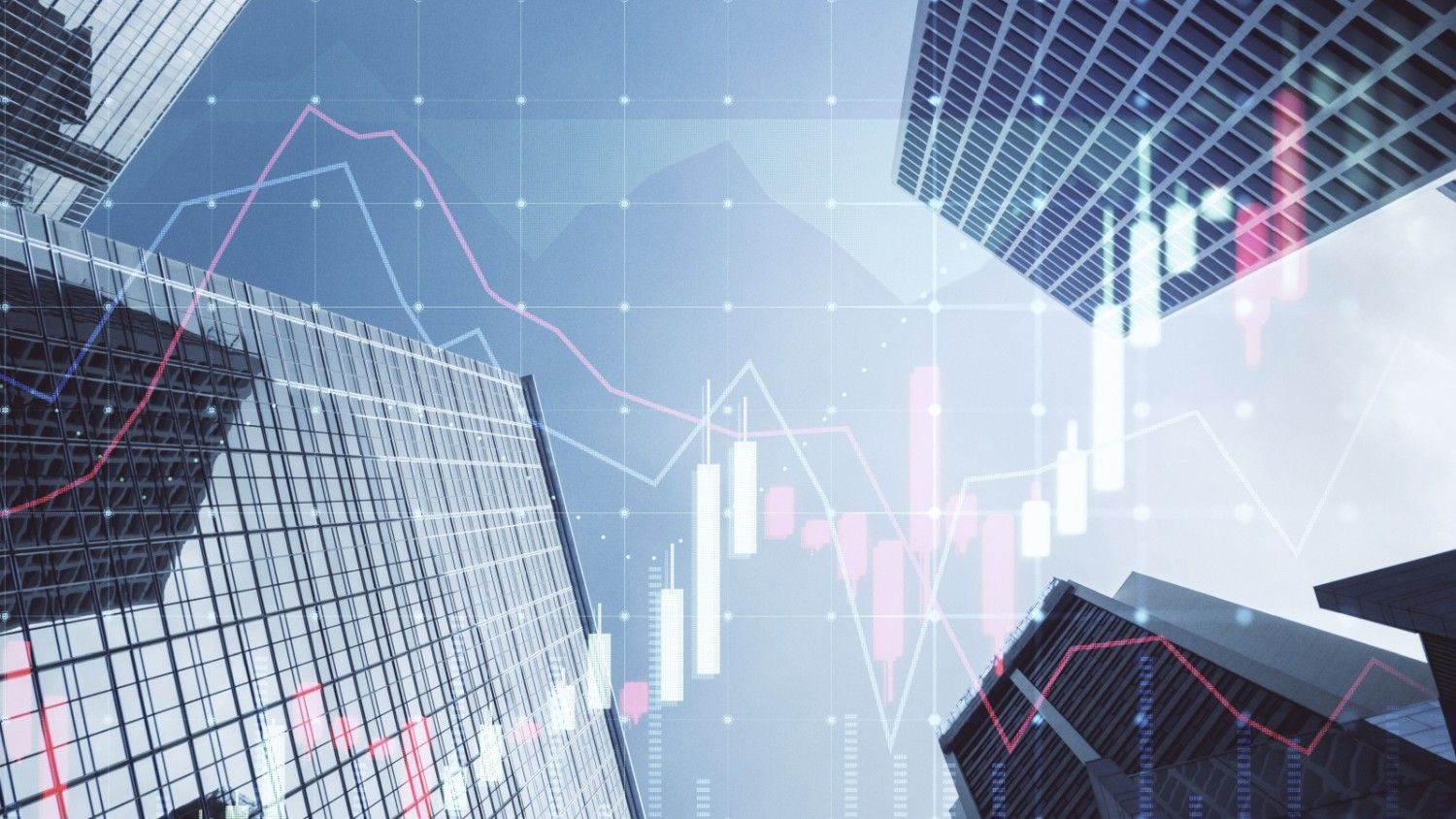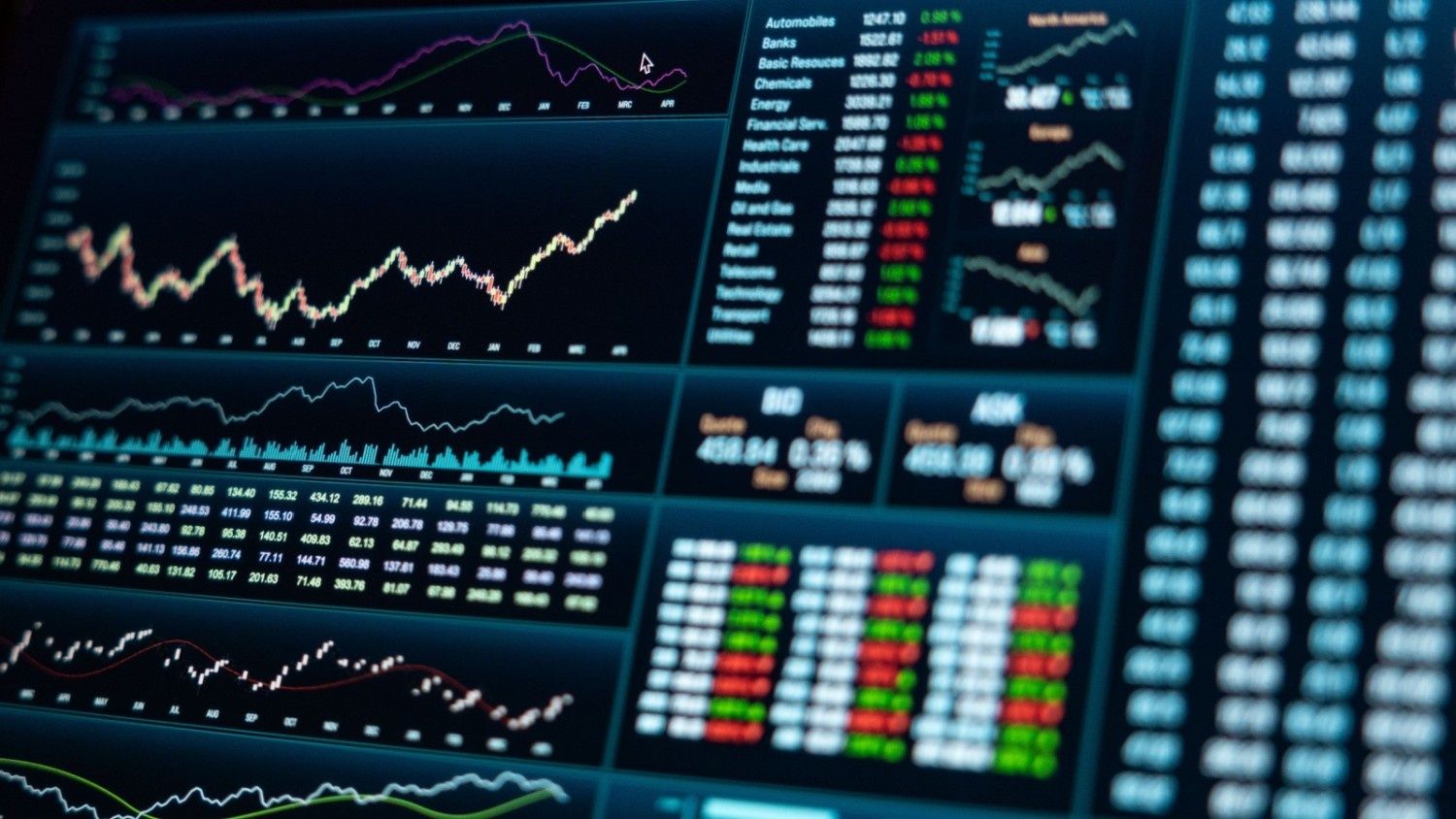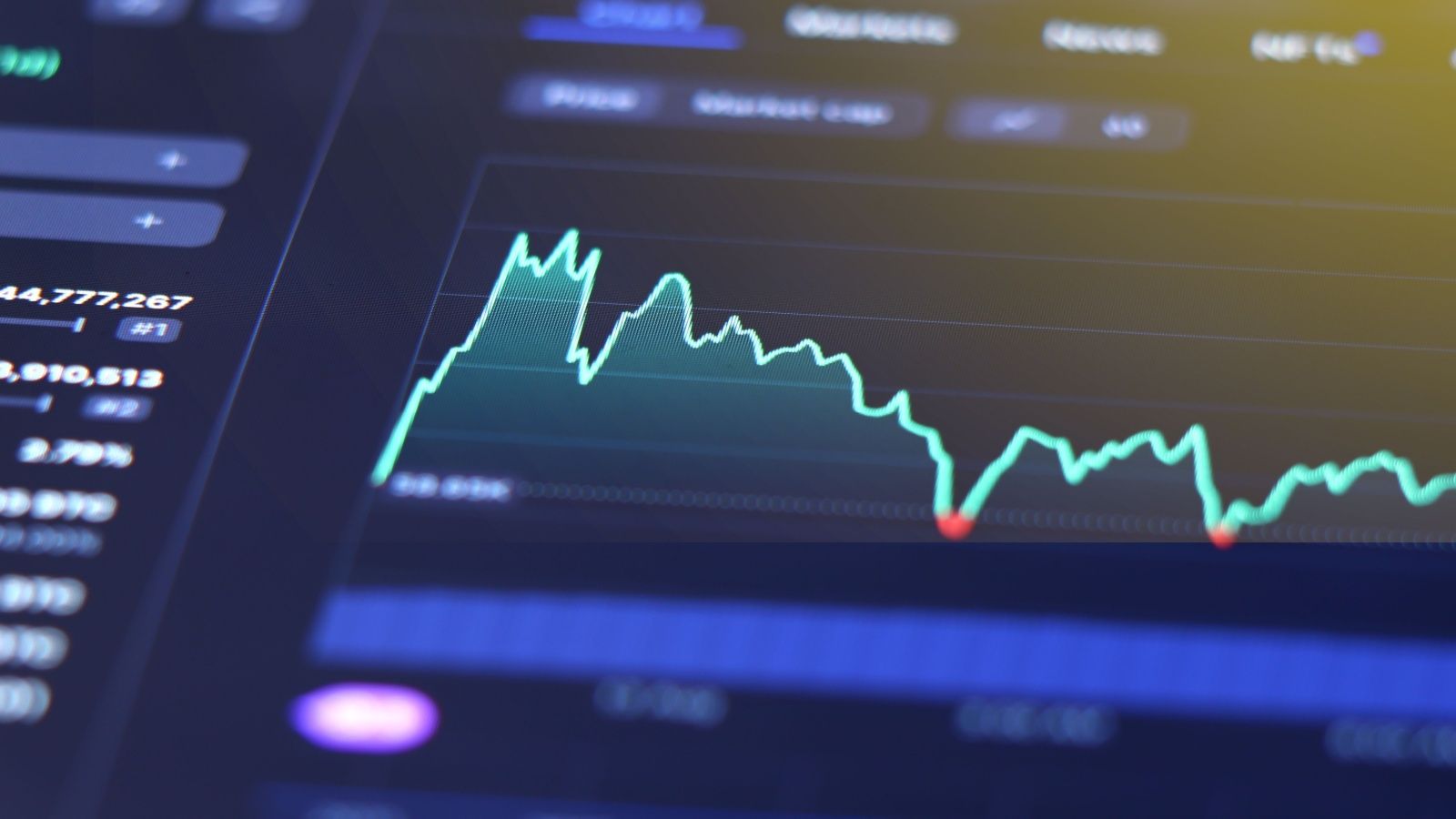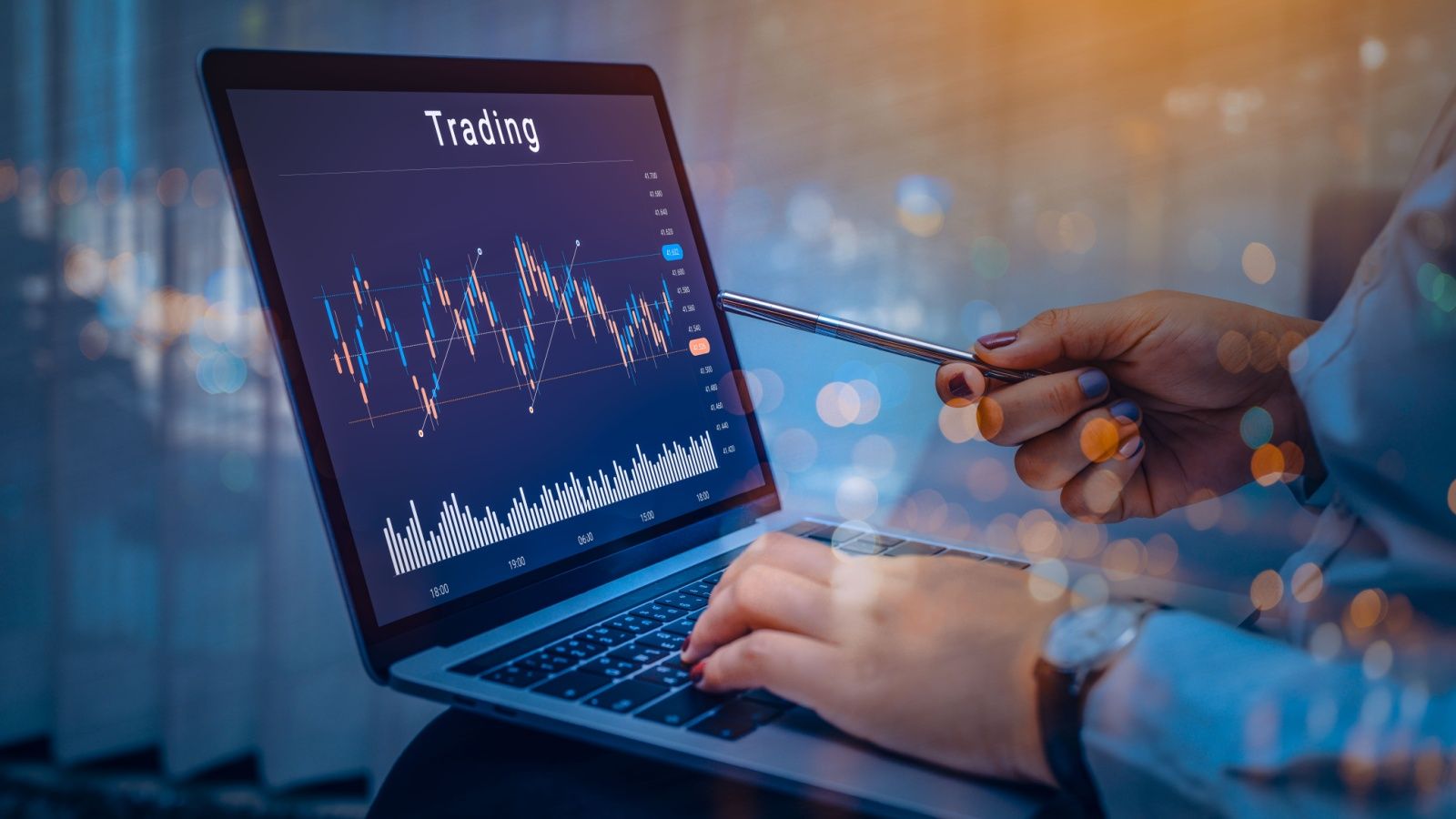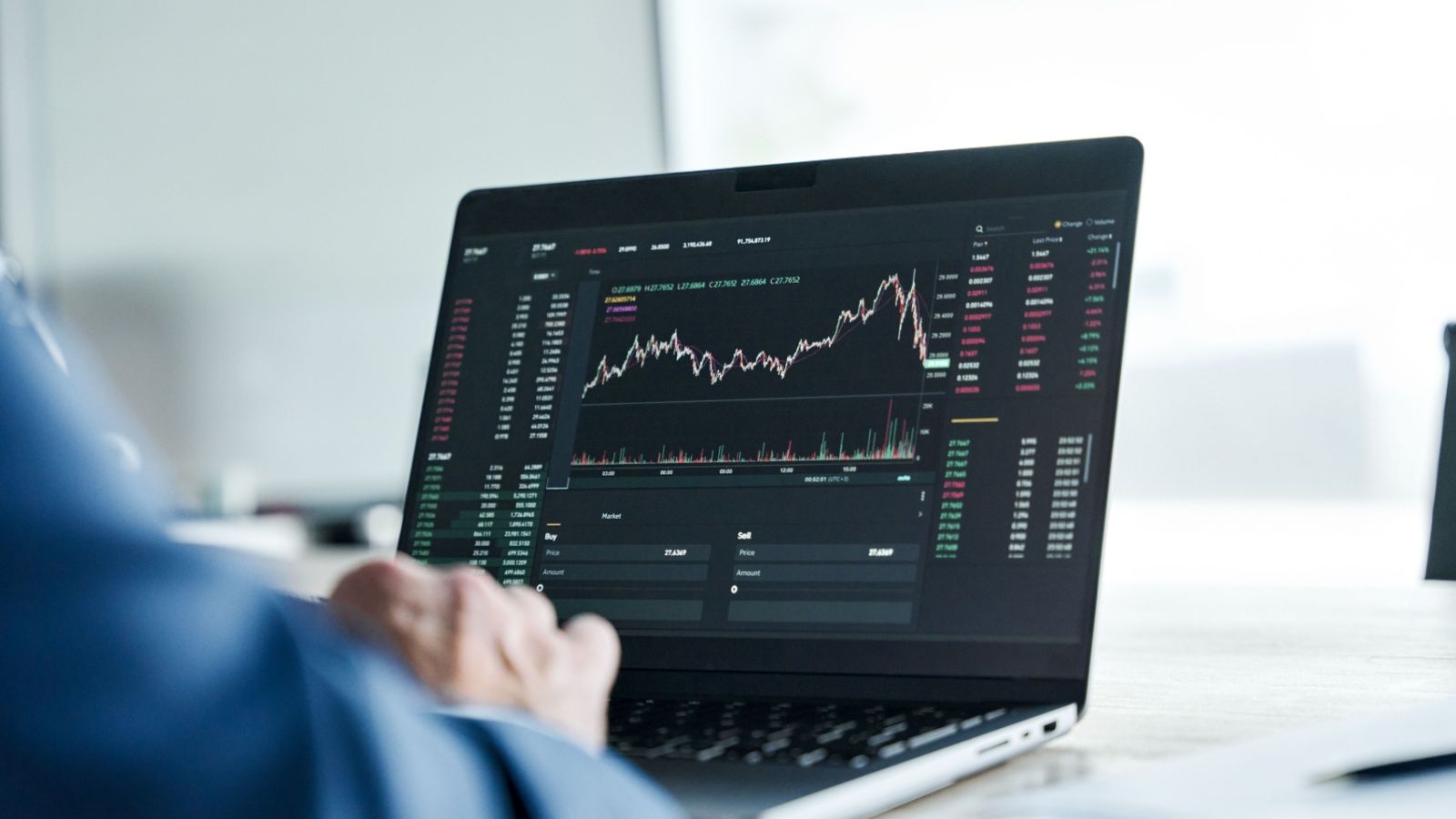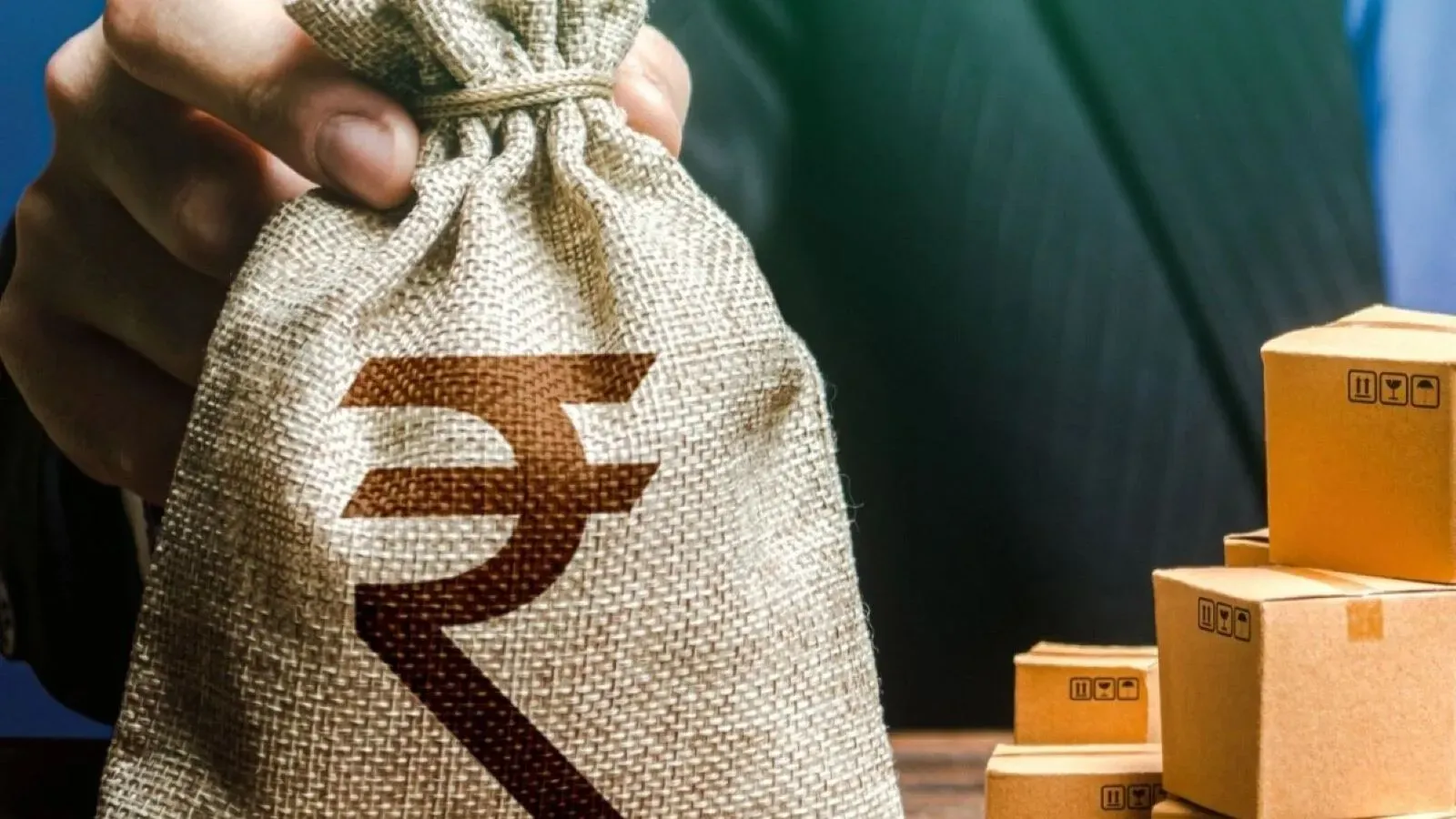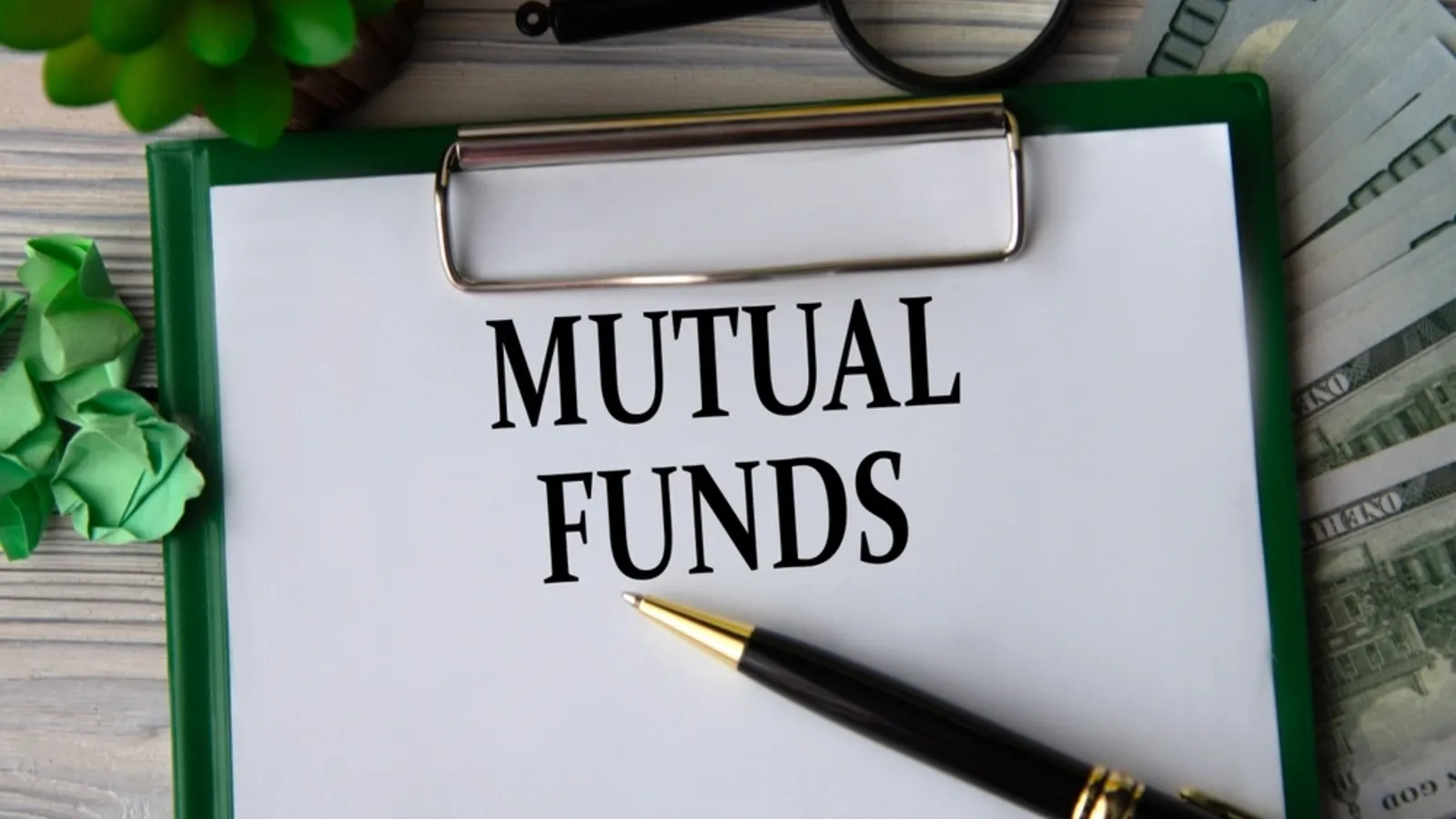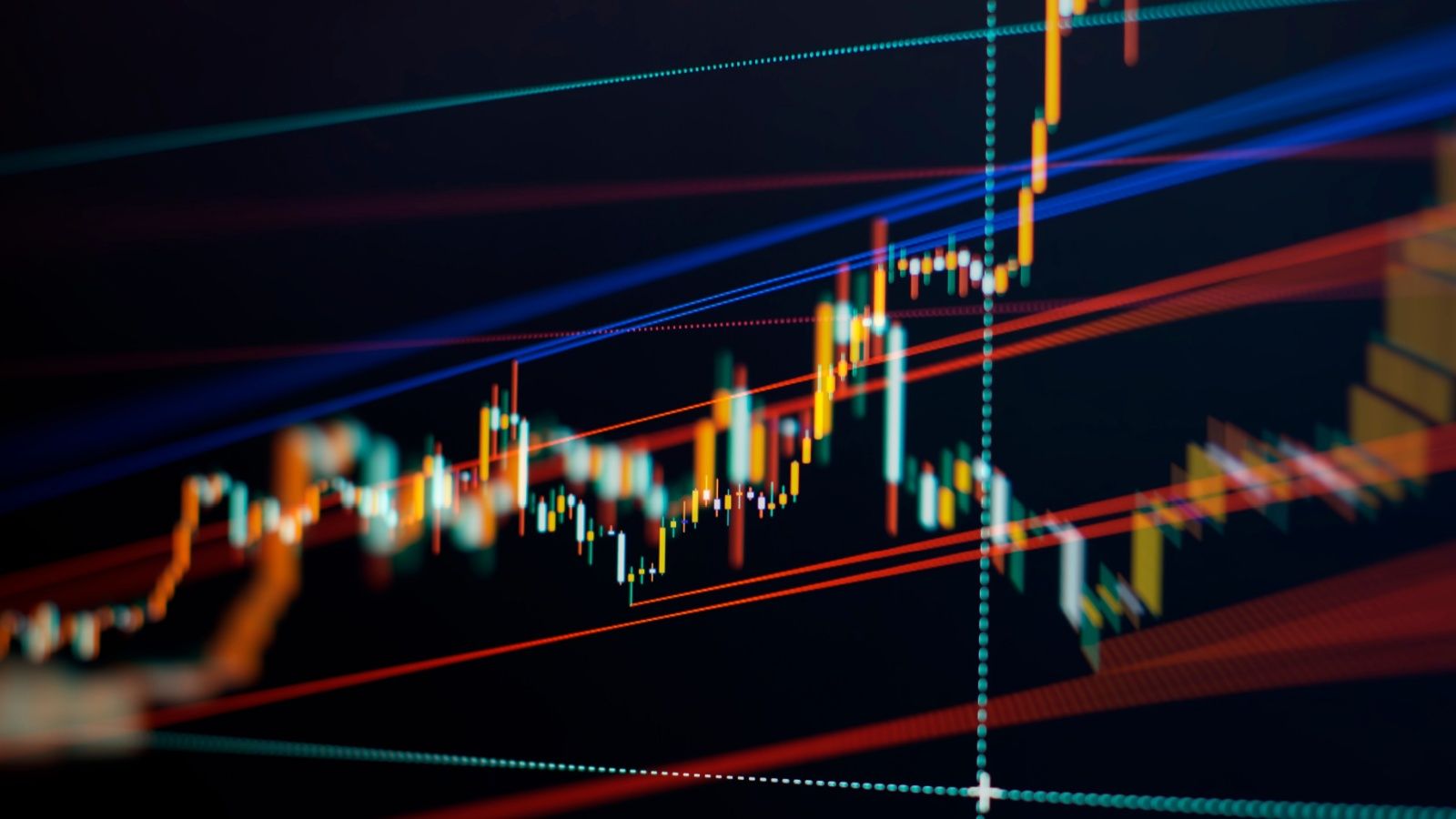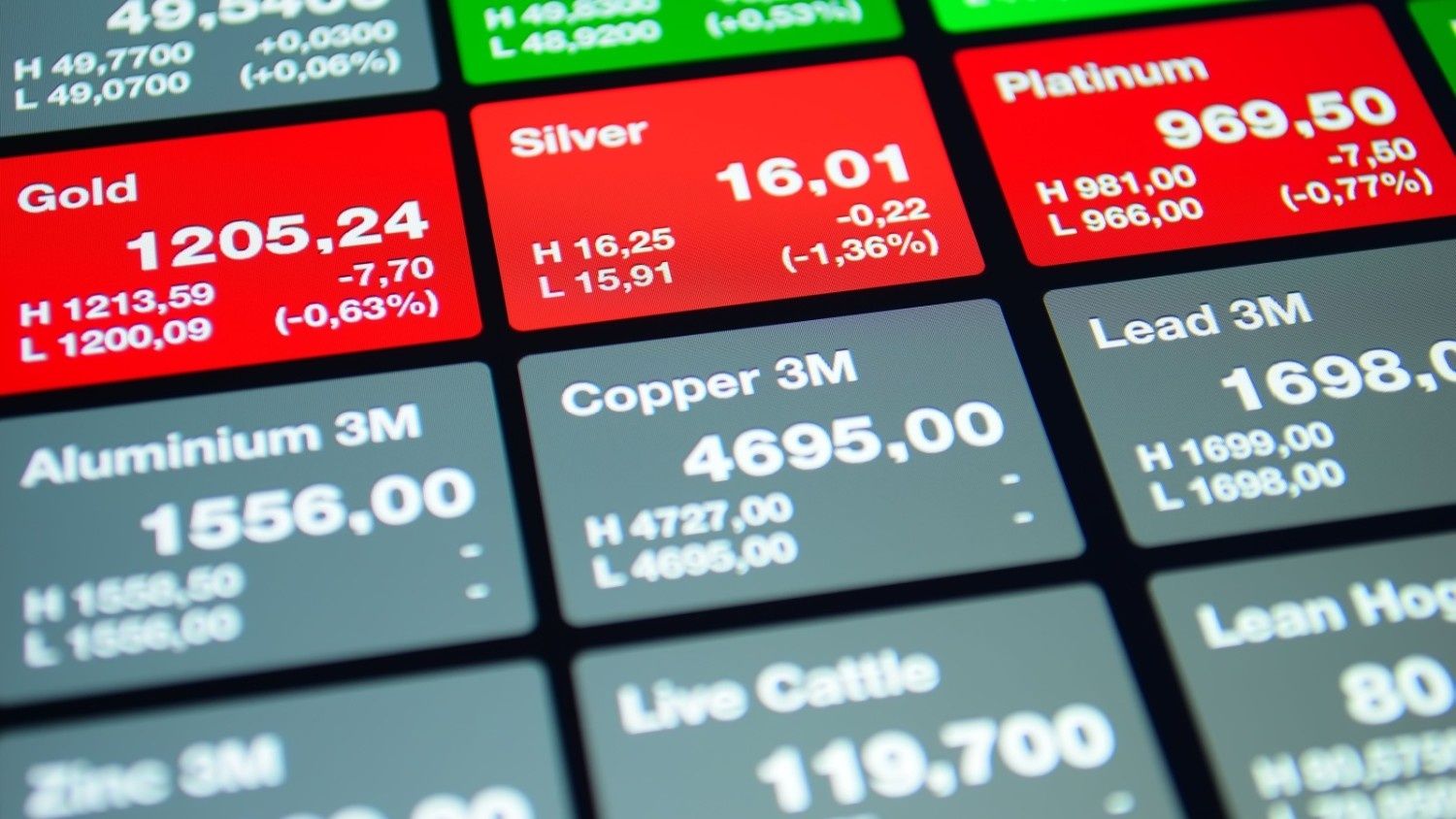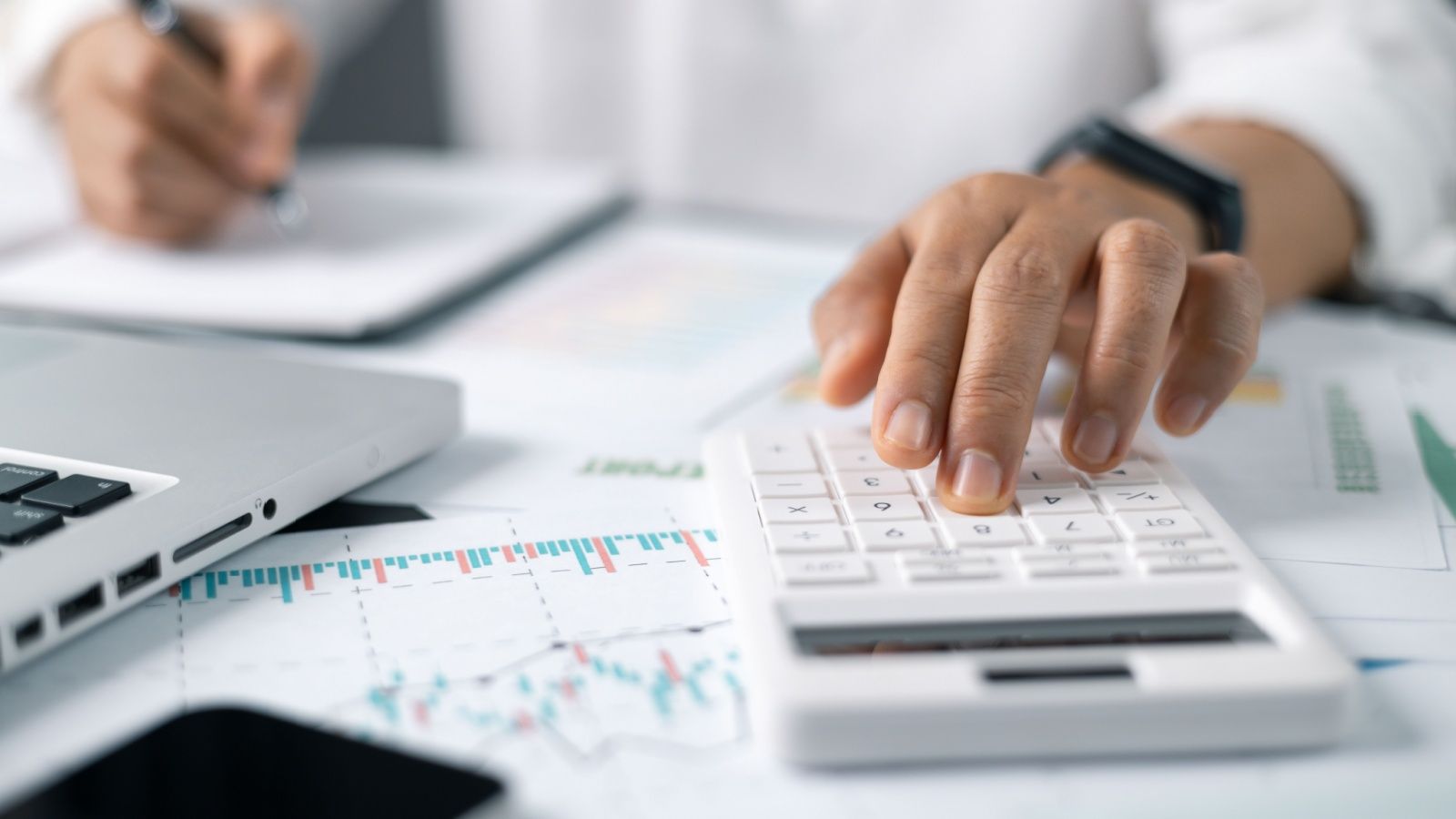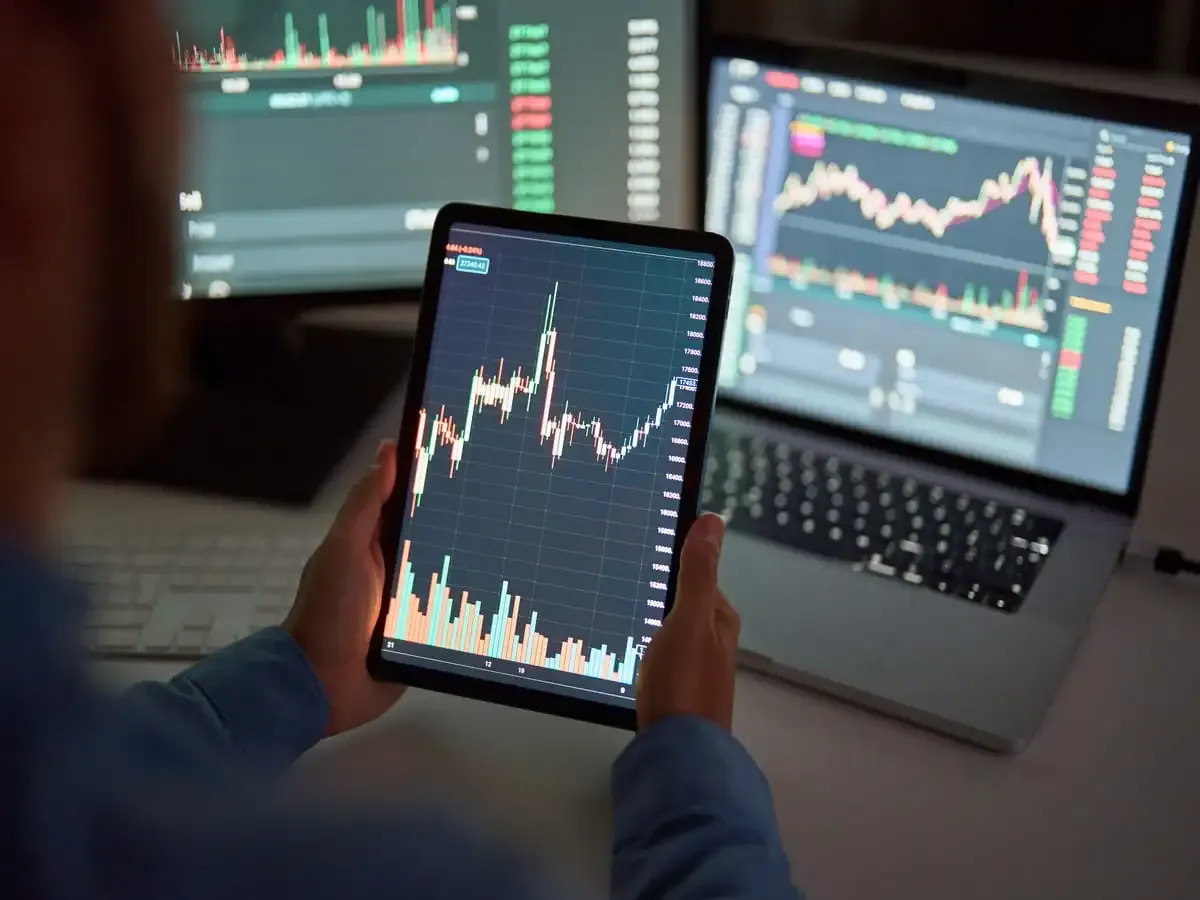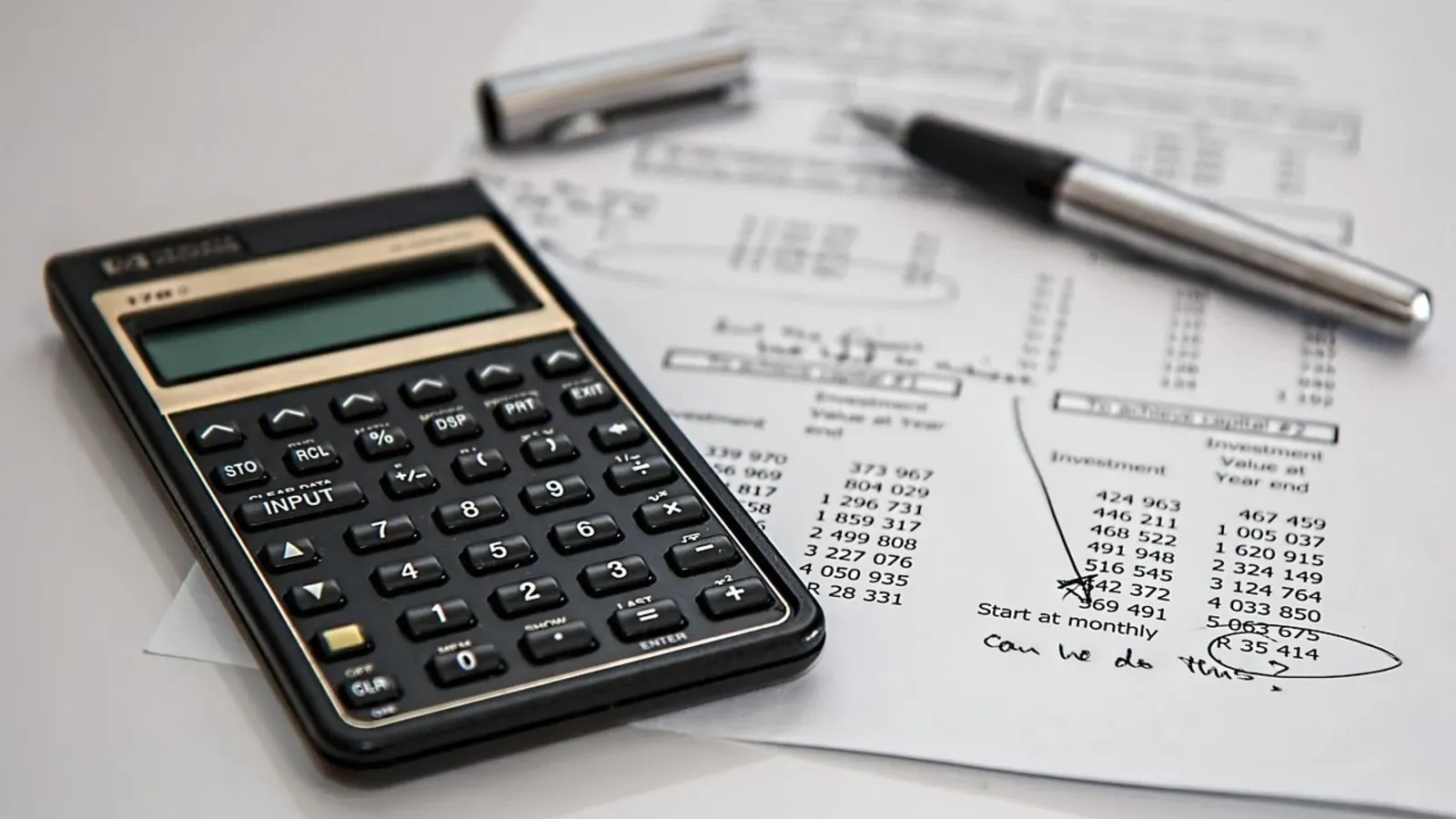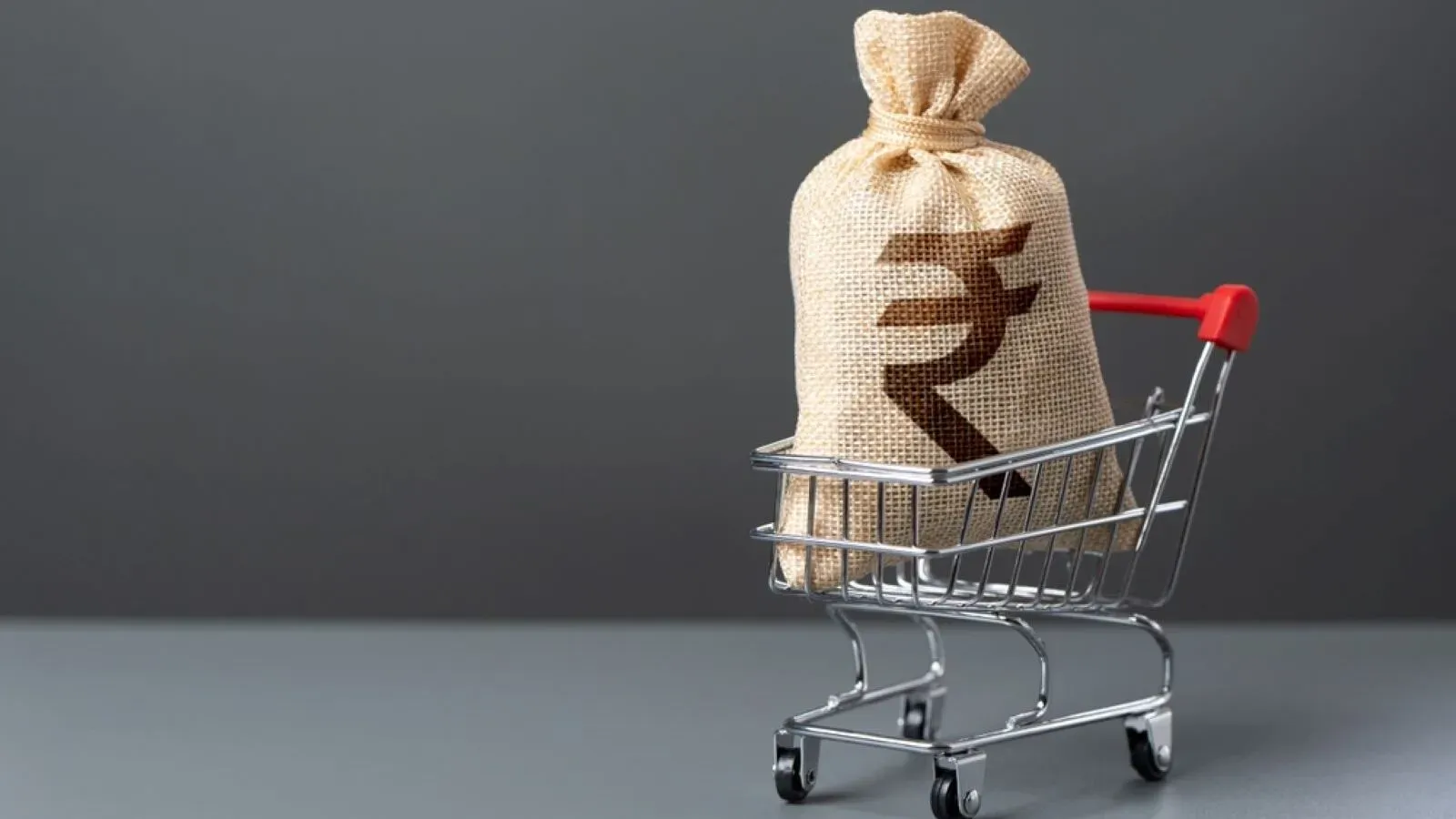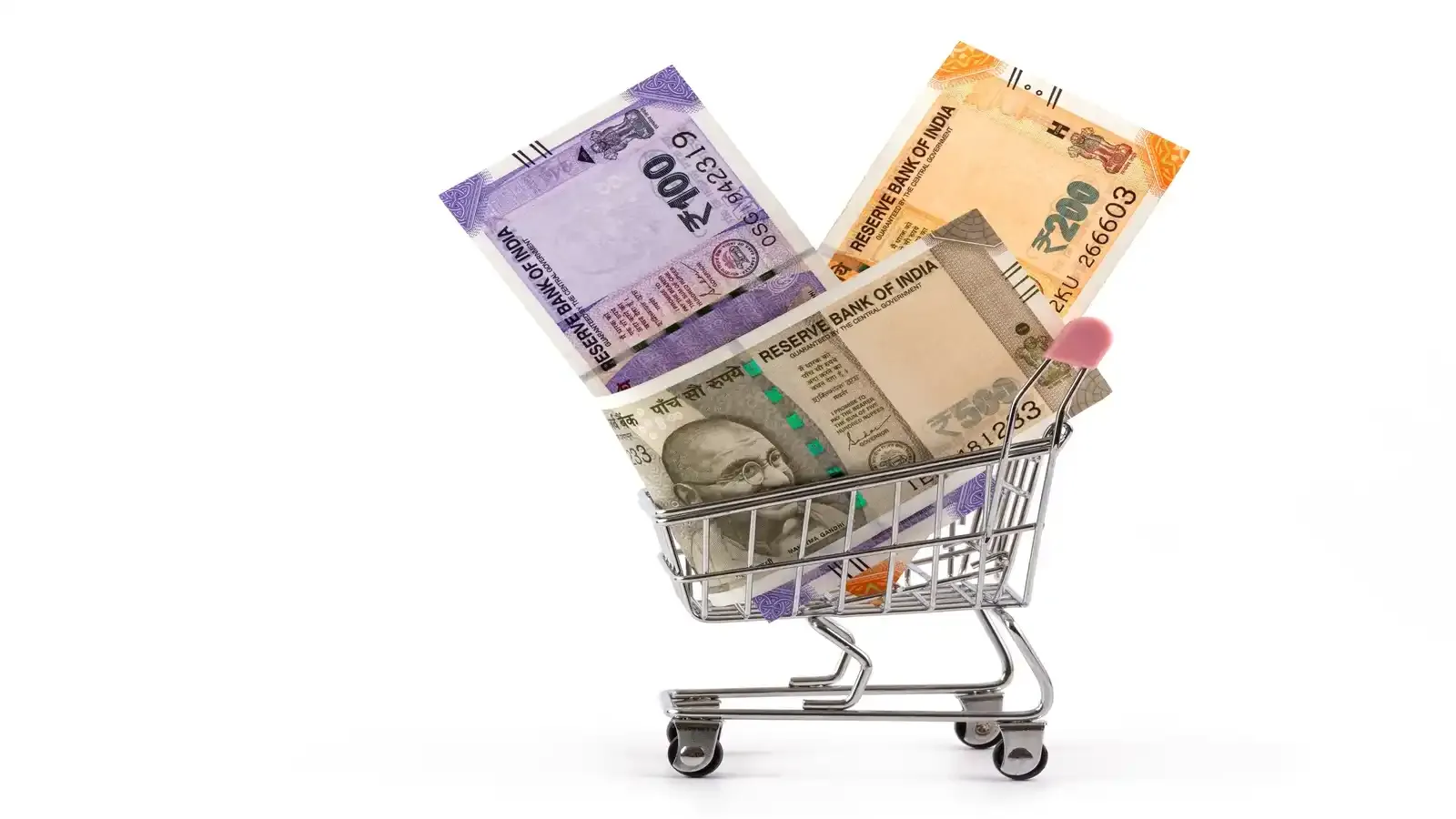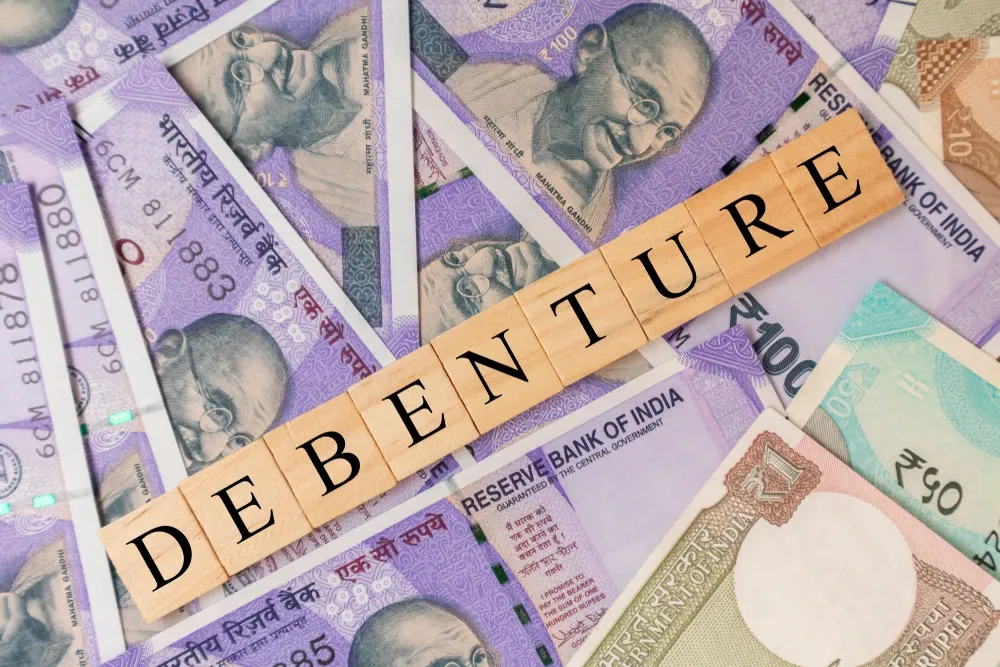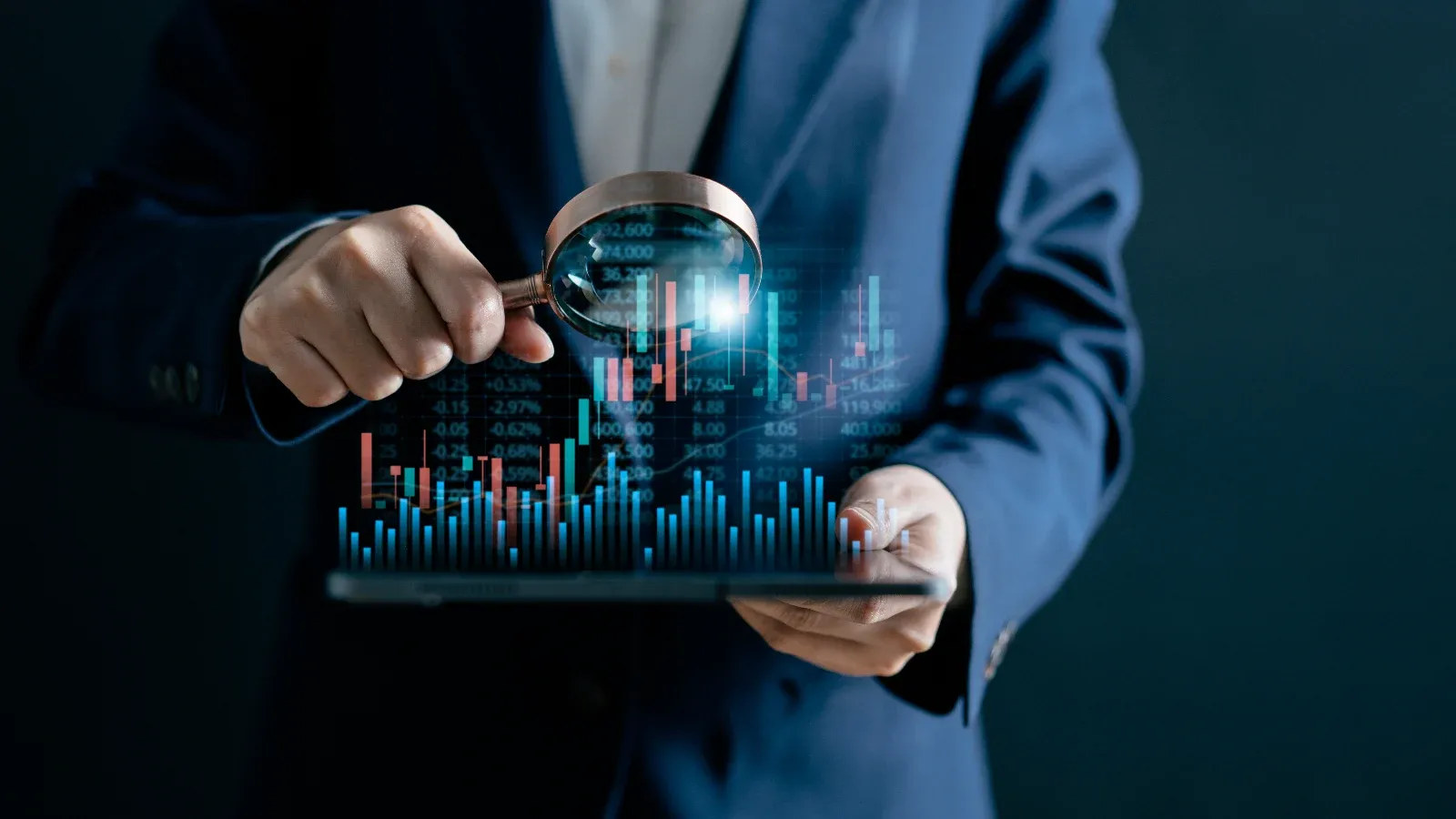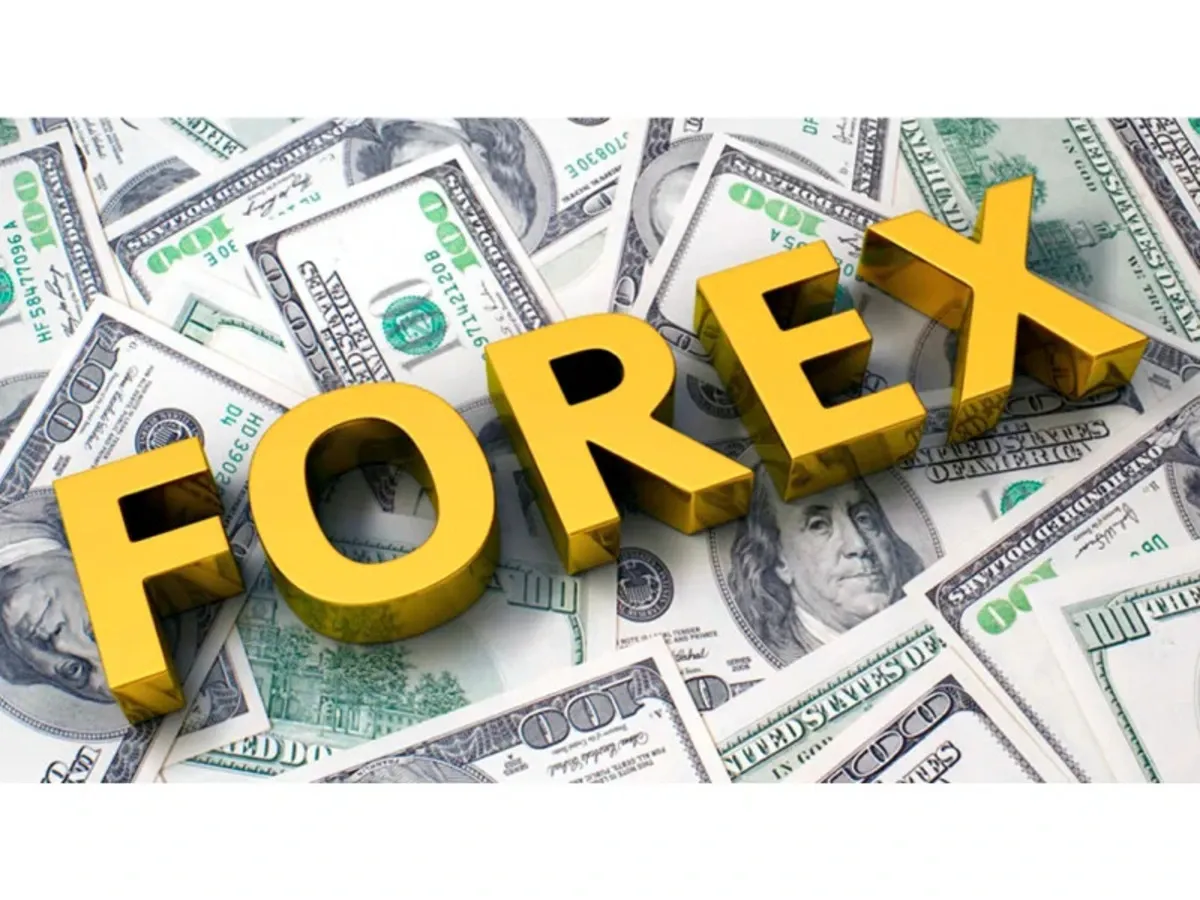Gold vs Silver: 4 Key Differences You Should Know
Written by Dev Sethia
Published on October 23, 2025 | 2 min read
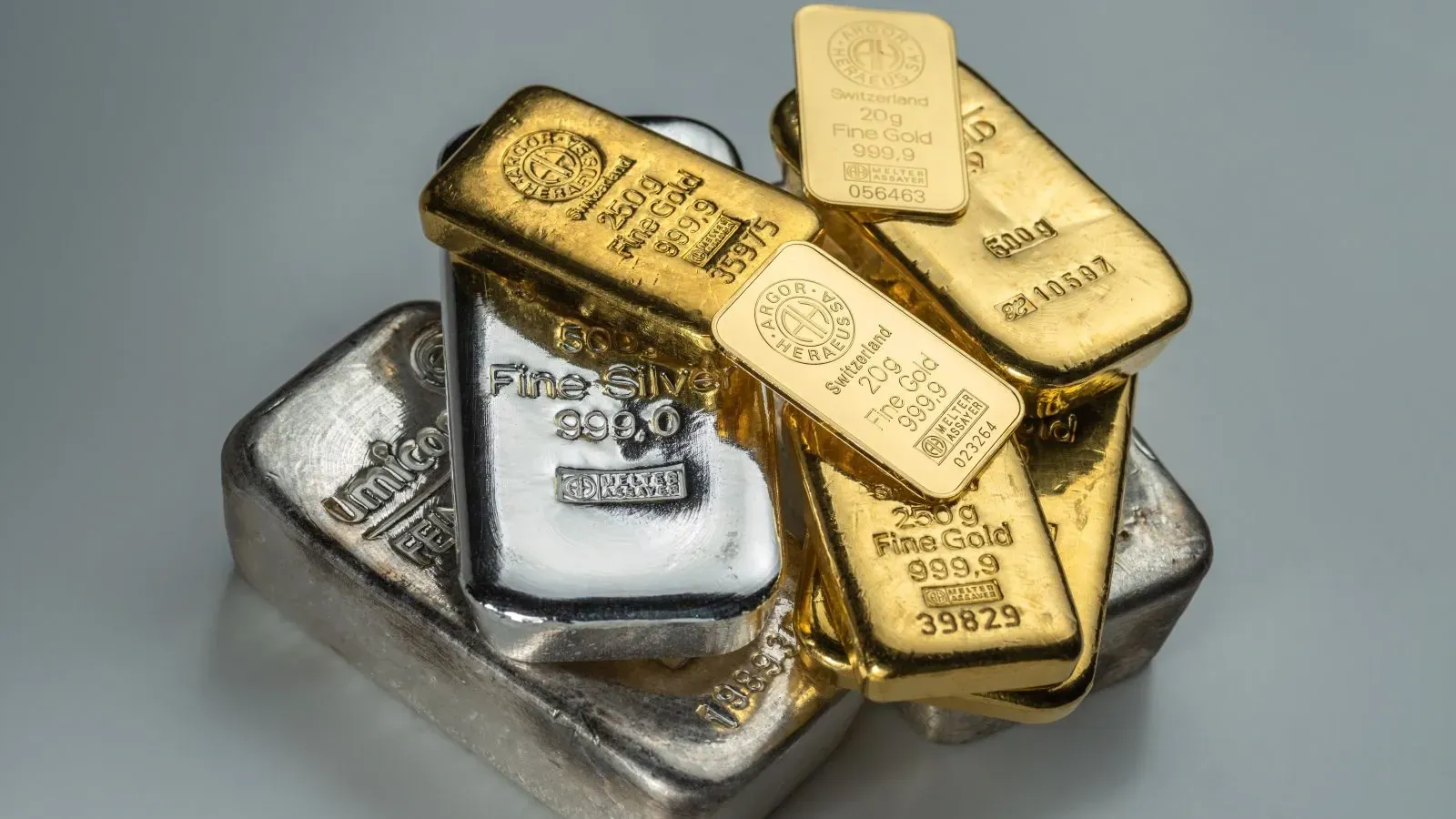
In a world of economic uncertainty and inflation concerns, investors continue to turn to precious metals, especially gold and silver, as potential safe-haven assets.
While both metals have served as a store of value for centuries, they behave differently under economic pressures, and understanding these differences can help investors make more informed portfolio decisions.
Precious Metals as a Hedge
For thousands of years, gold and silver have been trusted as hedges during times of economic downturn, market volatility, and sustained inflation. Today, they remain key assets for investors seeking protection and diversification.
However, choosing between the two isn’t as straightforward as it may seem. Understanding their unique economic sensitivities, uses, and investment vehicles is crucial in deciding which metal, or combination of both, might best suit your financial goals.
Key Differences Between Gold and Silver
Recent analysis highlights four major factors that distinguish gold from silver in terms of investment characteristics:
Silver Is More Closely Tied to the Global Economy
Unlike gold, silver plays a significant industrial role. According to the World Silver Survey, over 50% of silver’s global demand comes from high-tech and industrial sectors including electronics, electric vehicles, solar energy, and medical devices.
This industrial dependency means silver prices tend to be more responsive to economic growth and contraction. When the global economy expands, silver demand often rises sharply, offering potential upside, but also making it more economically sensitive than gold.
Silver’s Volatility Is Higher
Silver is known for its greater price swings compared to gold. On a typical trading day, silver's volatility can be two to three times greater. For traders and aggressive investors, this may present opportunities for short-term gains. However, such volatility also poses higher portfolio risk and may be less suited for conservative investors or those seeking stability.
Gold Is a More Reliable Diversifier
While both metals can offer diversification, gold has historically served as a more effective tool. Unlike silver, which has moderate positive correlations with stocks, bonds, and commodities due to its industrial uses, gold maintains very low to no correlation with other major asset classes.
This is largely because gold is less reliant on industrial demand and tends to retain value even in times of economic downturn. As a result, it can serve as a powerful stabilizer in a diversified portfolio.
Silver Is More Affordable, But May Lag in Gains
Price-wise, silver is considerably cheaper than gold on a per-ounce basis. While gold recently touched record highs, silver continues to trade at much lower levels, making it more accessible for small retail investors.
This affordability allows easier entry for those looking to own precious metals in physical form. However, historical trends show that silver gains tend to lag behind gold, especially in the early phases of economic recovery or bull markets.
FAQs
What are the key distinctions between gold and silver for investment?
Gold serves as a more stable diversifier than silver, which is more 'anchored' to industrial demand.
What makes silver more volatile than gold?
Silver has larger price moves, generally two to three times larger than gold, because it is more dependent on industrial demand and, in fact, the price of silver tends to be more sensitive to a range of economic factors.
How does gold work as a diversifier in a portfolio compared to silver?
Gold typically has very low-to-no correlation to stocks, bonds, and commodities compared to silver, and usually has more track record as a hedge during unfavorable economic conditions.
What makes silver such a far cheaper option for investors?
Silver trades freely at a lower price per ounce compared to gold, and helps small retail investors to participate in the investment in precious metals without first investing large amounts.
Does silver see the same price increases as gold in the long term?
Silver's price increase in the long run has, historically, lagged price increases found in gold, and typically would track significantly lower or negatively during the early recovery period in the economy or in a bull market.
About Author
Dev Sethia
Sub-Editor
a journalism post-graduate from ACJ-Bloomberg with over three years of experience covering financial and business stories. At Upstox, he writes on capital markets and personal finance, with a keen focus on the stock market, companies, and multimedia reporting. When he’s not writing, you’ll find him on the cricket pitch
Read more from DevUpstox is a leading Indian financial services company that offers online trading and investment services in stocks, commodities, currencies, mutual funds, and more. Founded in 2009 and headquartered in Mumbai, Upstox is backed by prominent investors including Ratan Tata, Tiger Global, and Kalaari Capital. It operates under RKSV Securities and is registered with SEBI, NSE, BSE, and other regulatory bodies, ensuring secure and compliant trading experiences.




